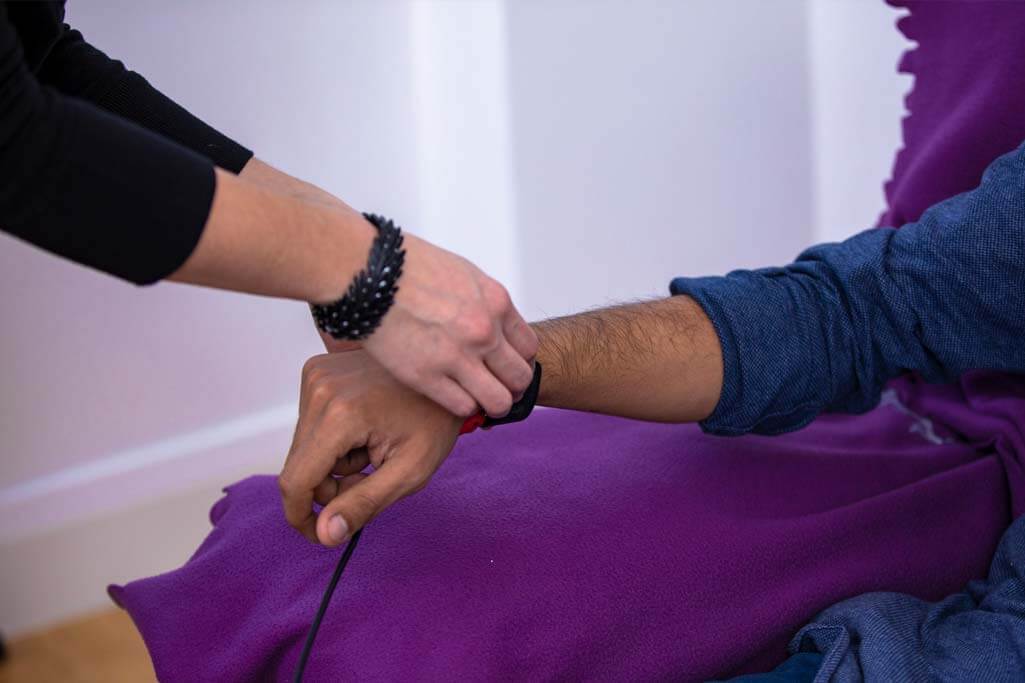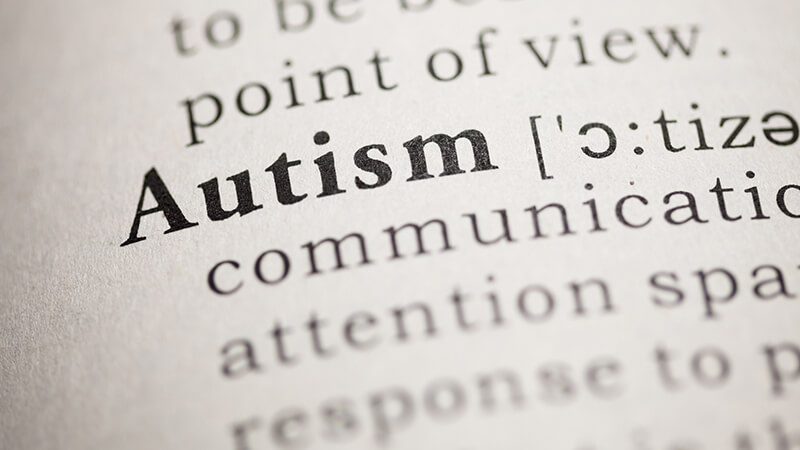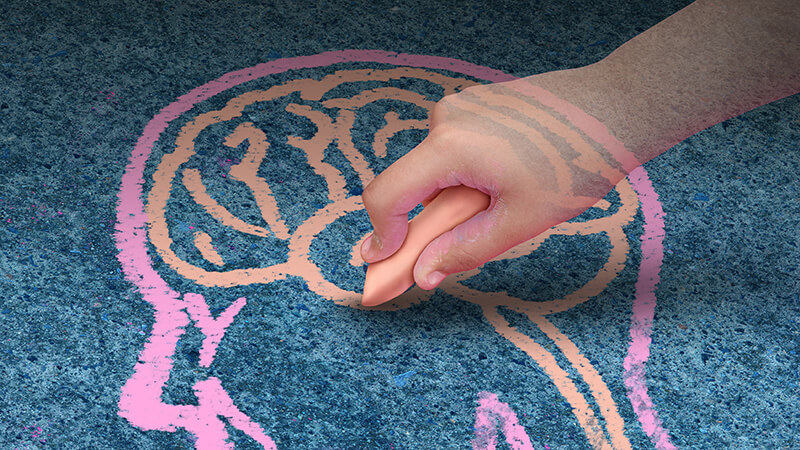Many people go to a therapist with goal of talking about their problems, and then feeling less stressed. But what if there is another way to address these feelings?
How it Works
Biofeedback is a technique that seeks to have patients better able to control the involuntary functions of their bodies when encountering stress or other symptoms. During a session, the therapist will attach electrodes or finger sensors to a patient. The sensors will measure breathing, blood pressure, skin temperature, and heart rate in real time. The patient experiencing biofeedback will see these displayed measurements, and then, guided by a therapist, use relaxation strategies to reduce these stress responses. Some computer software allows the patient to interact with events occurring on a computer screen, like a video game. For example, one exercise will present a closed door, and the goal will be to open it – but it only opens when the patient is able to reduce their heart rate below a certain number.
Effective for Multiple Disorders
- Anxiety: While biofeedback cannot eliminate anxiety, it can help manage the symptoms so that they are less overwhelming. Anxiety typically begins with worried thoughts that result in a physiological response (such as increased heart rate), and as the thoughts continue, the responses increase and feel unmanageable. Biofeedback helps a patient reduce these physical responses and be able to function.
- Post-Traumatic Stress Disorder: Biofeedback is not typically the primary method of treating PTSD, but it can reduce symptoms as a supplemental treatment. Sufferers of PTSD can experience “hyper-arousal” at times even after significant healing, and the strategies learned from biofeedback can mitigate this.
- Obsessive-Compulsive Disorder: Thoughts that clients feel they can’t control, and behaviors they feel compelled to repeat again and again can cause significant anxiety. Like PTSD, biofeedback is not a primary treatment for it, but it can address the anxiety that results from it.
How We Use It
At New Directions, biofeedback is one of many treatments used with young adults who are struggling to become independent. Addressing anxiety is a vital step in the ability to function at school or in a job and is often an early step in a student’s Individual Service Plan. Learn more about our services here.




